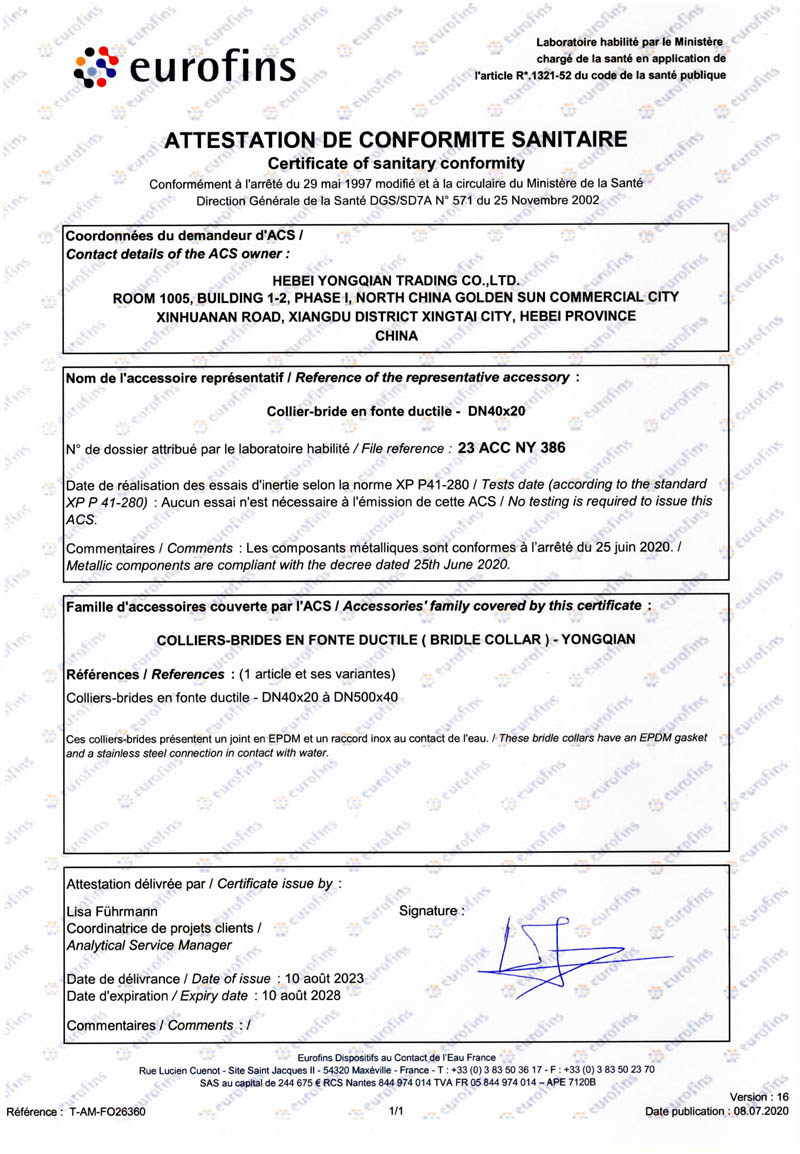Exploring the Significance of Ball Bollards in Urban Design and Safety
The Significance of Ball Bollards in Urban Design
In the realm of urban design and infrastructure, bollards are often overlooked but serve a critical role in enhancing safety, traffic management, and aesthetics. Among the various types of bollards, ball bollards stand out not only for their unique shape but also their multifunctional capabilities. This article will explore the significance of ball bollards in urban environments, their design considerations, and their impact on public safety and urban aesthetics.
What Are Ball Bollards?
Ball bollards are spherical structures made from materials such as steel, concrete, or plastic, designed to restrict vehicle access to certain areas while providing a decorative element to urban landscapes. Typically mounted on a base, these bollards can vary in size, from small decorative spheres to large, robust models capable of withstanding significant vehicular impact. Their round shape contributes to softer aesthetics compared to traditional cylindrical bollards, making them appealing for public spaces.
Enhancing Public Safety
One of the primary functions of ball bollards is to enhance safety in urban areas. By strategically placing them, city planners can create physical barriers that prevent vehicles from entering pedestrian zones, parks, or outdoor seating areas. This not only protects pedestrians but also encourages outdoor activities and social interactions in these spaces. The presence of ball bollards can significantly reduce the risk of vehicular accidents in high-traffic pedestrian areas, effectively creating safer environments for everyone.
Moreover, ball bollards can be used in areas where traffic control is necessary, such as around government buildings, schools, or hospitals
. By providing a clear visual indication of restricted access, they guide traffic flow and deter unauthorized vehicles from entering sensitive zones. This is particularly crucial in today's context, where security concerns have heightened the need for effective urban design solutions.Aesthetic Appeal
ball bollard

Beyond their functional benefits, ball bollards contribute significantly to the visual appeal of urban environments. Their unique shape offers designers flexibility in creating diverse thematic styles that can complement the surrounding architecture and landscaping. For instance, in a historic district, classic-looking ball bollards made of wrought iron can enhance the area's charm, while modern, colorful versions might fit well in contemporary urban updates.
Moreover, ball bollards can be incorporated into public art installations, contributing to cultural identity and community pride. Local artists can design custom bollards that reflect regional themes or historical narratives, transforming functional infrastructure into striking art pieces. This melding of utility and art enriches the public realm and fosters a sense of ownership among residents.
Environmental Considerations
In recent years, there has been a shift towards sustainable urban design, and ball bollards can play a role in this movement. Manufacturers are increasingly using eco-friendly materials to produce bollards, such as recycled plastics or sustainably sourced wood. Additionally, the installation of bollards can be designed to accommodate greenery, with some urban planners employing bollards as supports for climbing plants or integrating them into green infrastructure.
Ball bollards can also help manage stormwater runoff when designed with permeable bases. Such considerations not only enhance the functionality of these structures but also align them with broader environmental goals, contributing to sustainable urban ecosystems.
Conclusion
In conclusion, ball bollards are an essential component of modern urban design, serving multiple purposes beyond mere obstruction. They enhance public safety by managing traffic flow and restricting vehicle access, while also adding an aesthetic dimension that enriches urban environments. As cities continue to evolve, the thoughtful integration of ball bollards into public spaces will be vital in balancing safety, functionality, and beauty. As planners and designers explore innovative ways to improve urban landscapes, the diverse applications of ball bollards will undoubtedly play a crucial role in shaping livable, safe, and visually appealing cities for future generations.
-
The Smarter Choice for Pedestrian AreasNewsJun.30,2025
-
The Gold Standard in Round Drain CoversNewsJun.30,2025
-
The Gold Standard in Manhole Cover SystemsNewsJun.30,2025
-
Superior Drainage Solutions with Premium Gully GratesNewsJun.30,2025
-
Superior Drainage Solutions for Global InfrastructureNewsJun.30,2025
-
Square Manhole Solutions for Modern InfrastructureNewsJun.30,2025
-
Premium Manhole Covers for Modern InfrastructureNewsJun.30,2025
